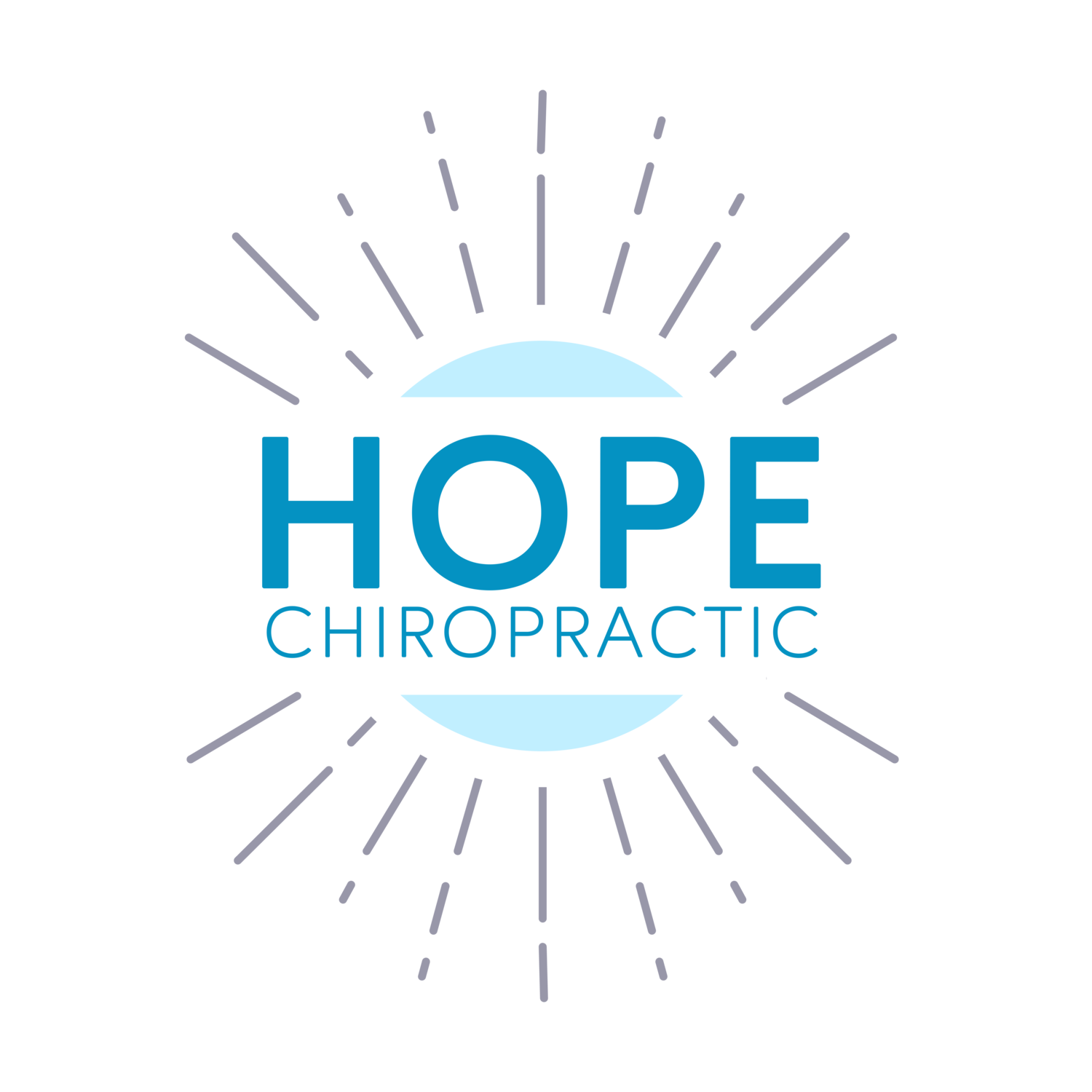Neck Pain
Neck pain can adversely affect your quality of life, and even have an impact on those around you. Neck pain can prevent you from driving if you can’t look over your shoulder or distract you from participating in social events when the pain is at its worst. Neck pain can be the results of the natural wear and tear on the body, long periods of time spent in front of a computer, heavy lifting, being active in sports, repetitive motions, trauma, and much more. In many instances, neck pain is the result of a vertebra that shifts out of alignment.
Based on medical studies, you are considered to have acute neck pain when you have symptoms for 0-4 weeks. Whether you have acute or subacute neck pain, there is a favorable short- and long-term outcome when investing in chiropractic care.
Chiropractic Relief from Neck Pain
When you suffer from neck pain, chiropractic care has been shown to improve pain, and in many cases, results in a pain-free neck. The treatment can be applied to adults and children, and in one case study, a ten-year old boy was treated. He had muscle spasms in the cervical spine that gave him neck pain, and he also suffered from torticollis. He was originally treated in the emergency room with heavy medications.
The boy rated his pain as a 5 out of 10, and the pain was said to be constant with an increase in intensity from time to time. He could not straighten his head in a neutral position without suffering. The chiropractic treatment including icing at home twice a day, and getting adjusted three times per week with a site-specific Torque Release Technique combined with Activator Methods that were applied with low force. For three of the visits, adjunctive therapies were used. Within 12 appointments with the chiropractor, the boy was free of pain and full range of motion had returned, as well as postural improvements.
While the 10-year old male was pain-free within 12 visits, another study found that 24 visits was typically required to stabilize neck and upper back pain as well as headaches. When you meet with a chiropractor, they will assess the severity of your neck pain and other ailments that could cause it or stem from it. While the mean is 17 visits to resolve the issue, with 4 weeks of stabilization care and 2 follow-up exams, each person is unique in their experience.
Neck Pain Treatments
Neck pain is one of the most common complaints in patients and there are multiple variables that need to be factored in when a chiropractor is choosing the best treatment options for you. Between proper treatments and personalized care provided by a chiropractor, many individuals experience successful resolutions for neck pain. You can engage in chiropractic care regardless of other options you’ve tried, and regardless of if the neck pain is new or you have suffered with it for some time.
It doesn’t matter how minor or severe your neck pain is, you can reach out for a consultation with Hope Chiropractic to learn more about options beyond medication and surgery.
Sources
Alcantara, J., Fleuchaus, S., Oman, R. “Resolution of Torticollis, Neck Pain and Vertebral Subluxation in a Pediatric Patient Undergoing Chiropractic Care.” Journal of Pediatric, Maternal, and Family Health, 2009 Nov: 1-9.
https://getgreaterlifechiropractic.com/wp-content/uploads/2017/10/Resolution-of-Torticollis-Neck-Pain-and-Vertebral-Subluxation-in-a-Pediatric-Patient-Undergoing-Chiropractic-Care-1.pdf.Maltby, J.K., Harrison, D.D., Harrison, D.E., Betz, J.W, Ferrantelli, J.R., Clum, G.W. “Frequency & Duration of Chiropractic Care for Headaches, Neck and Upper Back Pain.” Journal of Vertebral Subluxation Research, 2008 Aug: 1-12.
https://getgreaterlifechiropractic.com/wp-content/uploads/2017/10/Frequency-Duration-of-Chiropractic-Care-for-Headaches-Neck-and-Upper-Back-Pain.pdf.Nyiro, L., Peterson, C.K., Humphreys, B.K. “Exploring the Definition of Acute Neck Pain: A Prospective Cohort Observational Study Comparing the Outcomes of Chiropractic Patients with 0-2 weeks, 2-4 weeks, and 4-12 weeks of Symptoms.” Chiropractic Manipulative Therapy, 2017; 25: 24.
www.ncbi.nlm.nih.gov/pmc/articles/PMC5558701/#CR5.

